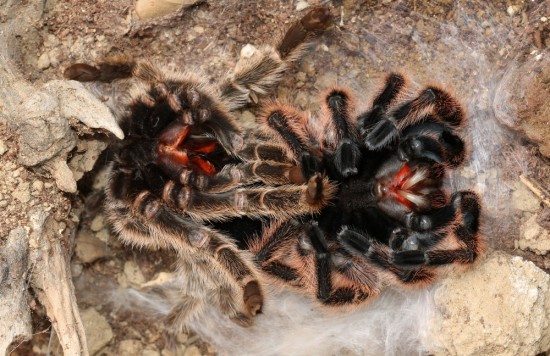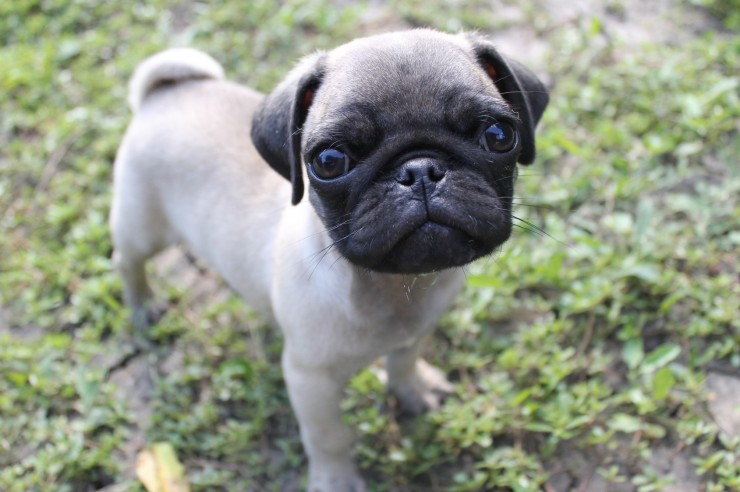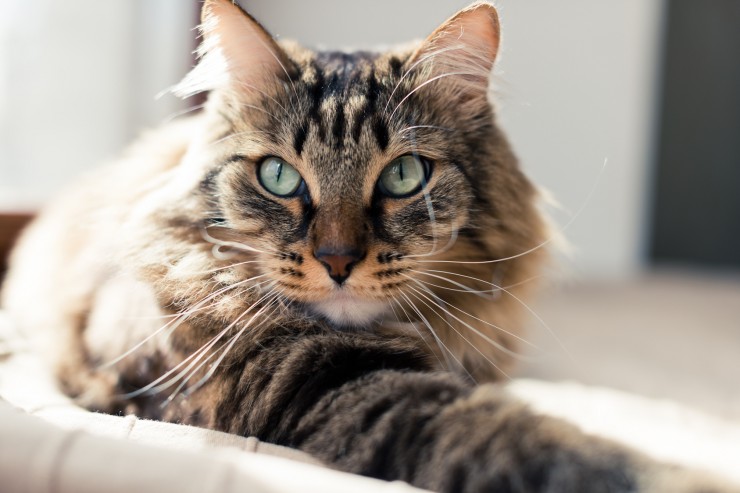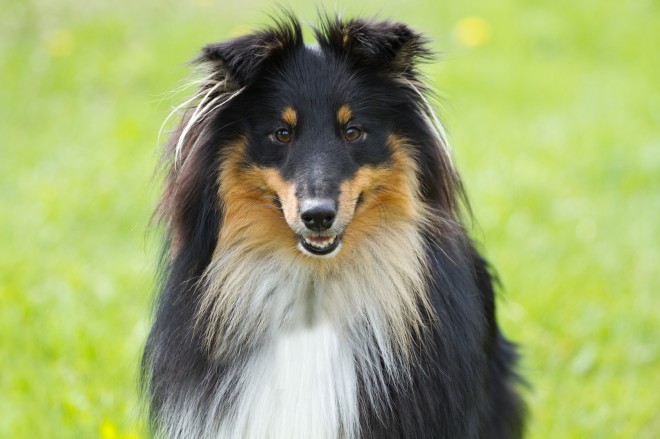
Okay, you've brought your baby chicks home from the hatchery. How do you properly handle them, to keep them from getting hurt? Well, you'll want to handle them as little as possible, since they are very delicate and fragile. You will want to handle them very carefully if you have to handle them. Be sure to teach your children to handle them carefully as well.
When you first get your chicks, they will be extremely stressed from the change in environment and the travel. You will want to handle them as little as possible for the first couple of days. They will probably be thirsty when they first arrive, so you'll want to provide them with adequate water. It may be necessary to dip their beaks into the water, and teach them to drink. Just be sure that you don't dreanch their feathers, since the chicks can get chilled easily. It is also a good idea to put the waterer on a slab to prevent the chicks from getting wet.
After a couple of days, you can start to socialize with the chicks and handle them. Take some time to talk to them, and to gently pet them. This will give them a chance to get used to you, and to get used to being handled. Let other family members pet them as well, just be sure that your children handle them very gently. It is a good idea to keep house pets away from the chicks, since they may unknowingly harm the baby chicks.
Your new chicks should be kept indoors for a few weeks after you get them. After the first few weeks, they will be ready to be placed outside. You can provide them with a warming box, or build them a chicken coop that will be big enough for the chickens when they are fully grown. The chicken coop should have plenty of space for the chickens to move around, as well as secure enough to keep out predators.
Line the coop with paper towels, wood shavings or dry leaves. Don't use styrofoam, since the chicks may scratch and peck at it, and swallow styrofoam particles. A heat lamp with a red bulb should be placed in the coop where it can keep the chicks warm, yet not burn them. The temperature should be kept at 90 degrees F for the first week. Lower the temperature to 80 degrees F the second week, and 70-70 degrees F during the third week. This gives the chicks a chance to regulate their temprature. Do not place the coop where there will be a draft, since it can harm the chickens. You can find all of the supplies you need at a poultry supply shop. The shop can also help you determine what food you need for the chicken breed, and how much they should be fed.
The chicks will start growing their feathers after a few weeks. After a couple of months, the chicks should be properly settled, and will provide eggs and companionship for a good, long time.
 Tarantulas And Moulting
Tarantulas And Mo
Tarantulas And Moulting
Tarantulas And Mo
 Pugs And Breathing Issues
Pugs And Breathin
Pugs And Breathing Issues
Pugs And Breathin
 Has Your Moggy Got A Little Bit Of Pedigree In There Somewhere?
Has Your Moggy Go
Has Your Moggy Got A Little Bit Of Pedigree In There Somewhere?
Has Your Moggy Go
 Photo Pet Urns For Ashes
Photo Pet Urns For Ashes
Days are numbered for
Photo Pet Urns For Ashes
Photo Pet Urns For Ashes
Days are numbered for
 Is Chemical Castration An Option For Your Dog?
Is Chemical Castr
Is Chemical Castration An Option For Your Dog?
Is Chemical Castr
Copyright © 2005-2016 Pet Information All Rights Reserved
Contact us: www162date@outlook.com